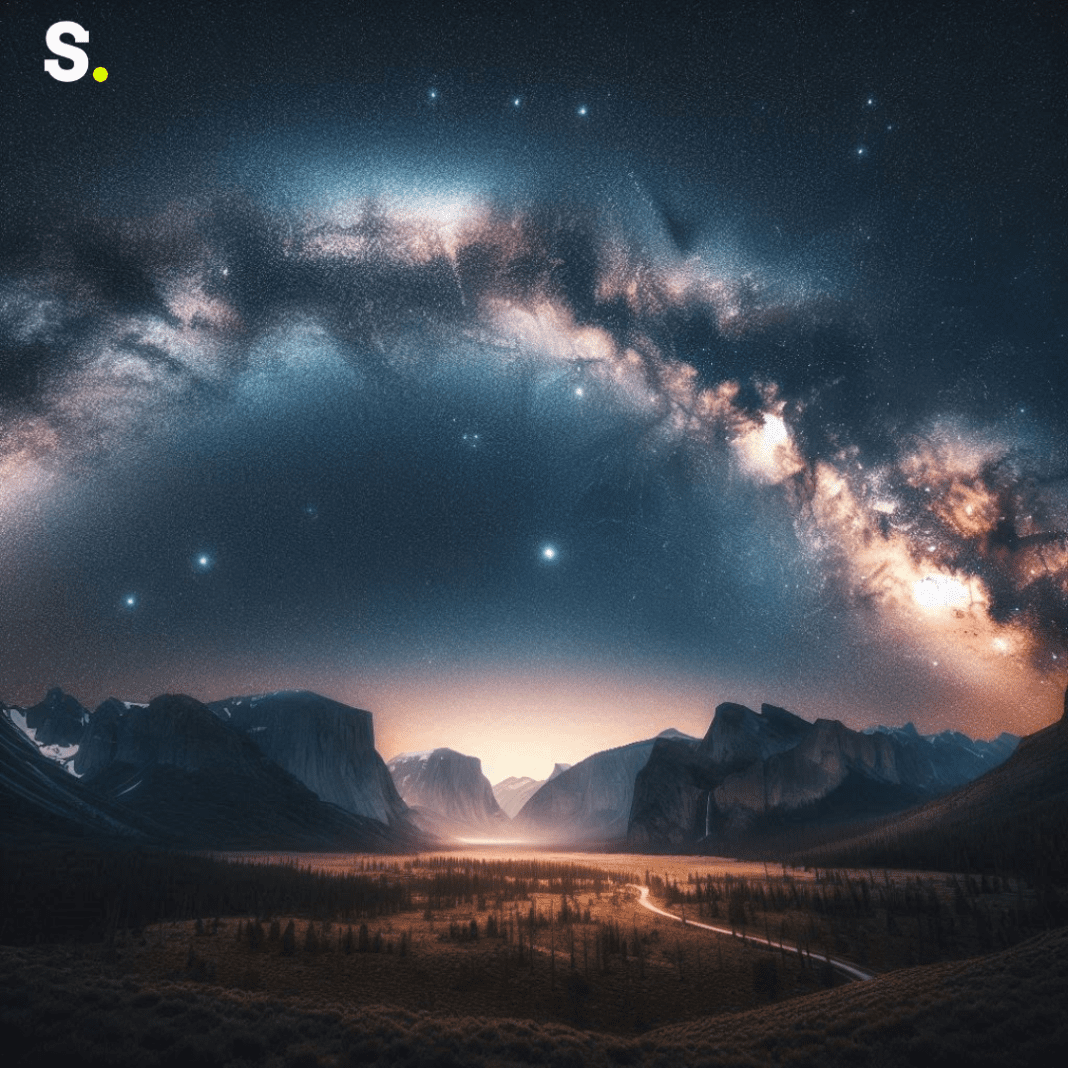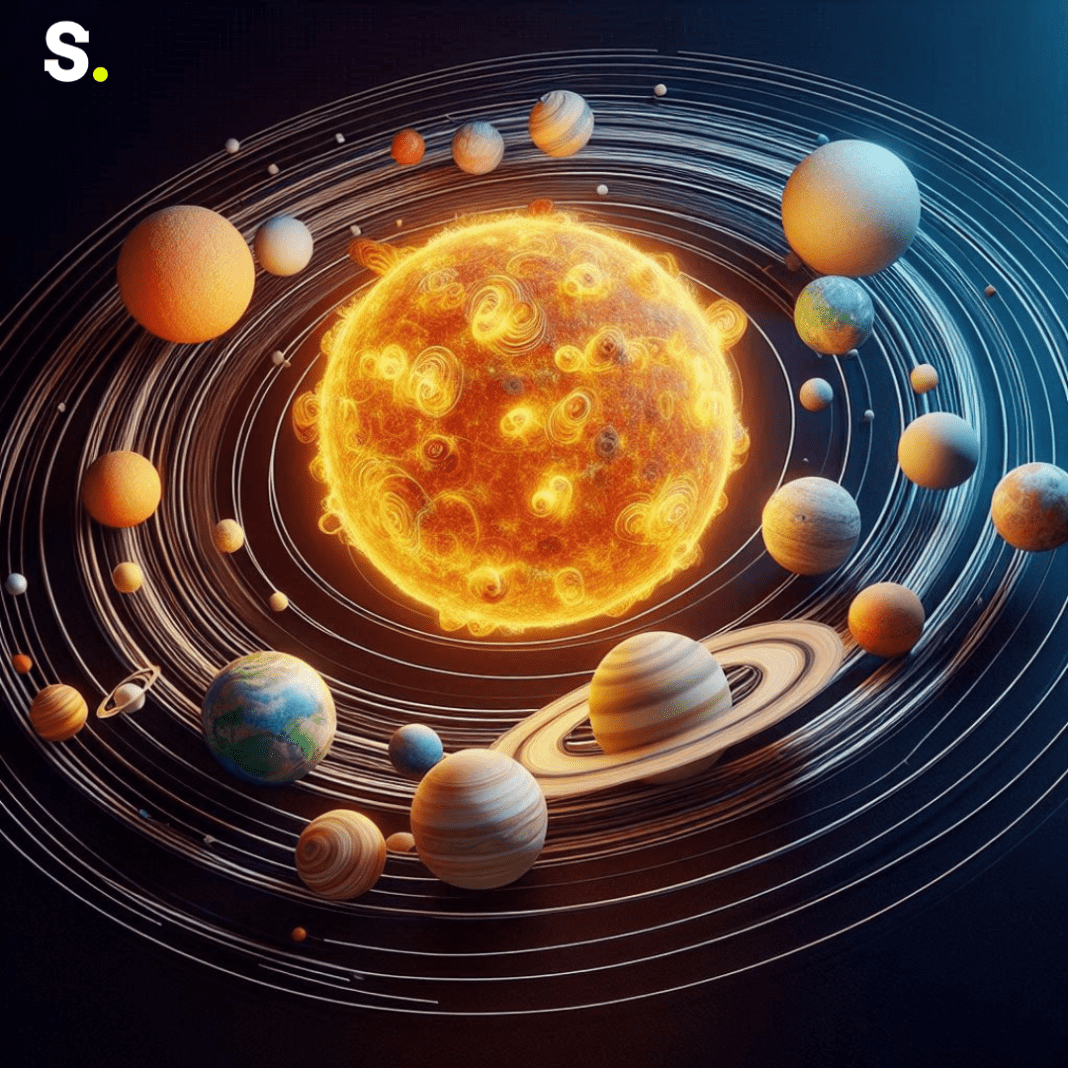The beauty of the Milky Way, our galaxy, becomes most visible in the Northern Hemisphere during July and August. During these months, the galaxy’s bright center can be seen in the night sky, provided you are in the right place at the right time. On clear nights, billions of stars can be seen arching across the sky, creating a breathtaking spectacle.
However, the majority of people in North America and Europe miss out on this natural wonder due to light pollution. To witness the Milky Way in all its glory, one must travel to a dark-sky location, far from city lights. Additionally, moonlight must be avoided, limiting the optimal viewing period to about 10 days per month during summer. It is estimated that 80% of North Americans have never seen the Milky Way.
Optimal Viewing Periods
Capture The Atlas suggests that the Milky Way is visible from the Northern Hemisphere from March to September. In the Southern Hemisphere, this window extends by about a month on either side. Your latitude plays a crucial role in visibility. The Milky Way is typically visible in the early morning from March to June and in the evening from July to early October. For instance, in March, you need to be up by 4 a.m. to catch a glimpse, while in September, it becomes visible just after sunset.
Moon Phases and Viewing Dates
For the best stargazing experience, aim for moonless nights, particularly the 10 nights surrounding the new moon. This period spans from the last quarter moon to three nights after the new moon, when the crescent moon sets shortly after dark. Here are the best dates to see the Milky Way this summer and fall:
June 28 – July 8
July 28 – Aug. 7
Aug. 26 – Sept. 6
Sept. 24 – Oct. 5
Sunset and sunrise times, especially in July and August, should be considered as they affect the hours of darkness. The Milky Way is most visible right after sunset during these months, but total darkness is necessary for a clear view. Allow your eyes to adjust to the dark for at least 20 minutes before beginning your stargazing session. Avoid looking at bright screens or light sources after sunset to maintain your night vision.
Equipment and Viewing Tips
While the Milky Way can be seen with the naked eye under dark skies, using a small telescope or a pair of stargazing binoculars can enhance the experience. These tools allow you to zoom in on objects of interest and make the most of 2024’s best stargazing opportunities.
The further south you are, the deeper into the Milky Way you will see. For example, the constellation Sagittarius, which houses the galaxy’s bright central black hole, appears low on the southern horizon from New York State at 41 degrees north latitude. In contrast, from Miami at 26 degrees north, Sagittarius appears 15 degrees higher in the sky. However, this only applies to the constellation’s maximum height as it rises in the southeast and then sinks as the night progresses.
Understanding the Milky Way
The Milky Way, our galaxy, is a barred spiral galaxy that contains our Solar System. Its name is derived from its appearance as a dim, glowing band arching across the night sky — a result of its stars and other material lying within the galactic plane. The Milky Way is home to over 200 billion stars, and its core is located about 27,000 light-years from Earth. The best time to see the Milky Way is during the summer months when the galactic core is most visible in the sky.
Best Dark-Sky Locations
To get the best view of the Milky Way, head to a location far away from city lights. National parks, remote countryside areas, and designated dark-sky parks are ideal spots. Some of the best dark-sky locations in the U.S. include Big Bend National Park in Texas, Cherry Springs State Park in Pennsylvania, and Mauna Kea in Hawaii. In Europe, the Alqueva Dark Sky Reserve in Portugal and the Galloway Forest Park in Scotland are excellent choices.
Weather Considerations
Apart from moon phases, weather conditions play a significant role in stargazing. Clear, cloudless skies are essential for a good view of the Milky Way. Checking the weather forecast and choosing a night with minimal cloud cover will enhance your chances of a successful stargazing session. Additionally, humidity and atmospheric conditions can affect visibility. Dry, cool nights are generally better for stargazing as opposed to humid or foggy conditions.
Using Stargazing Apps
Stargazing apps and star maps can also be incredibly helpful for identifying the Milky Way and other celestial objects. Apps such as Star Walk, SkySafari, and Stellarium enable you to point your smartphone at the sky to identify stars, constellations, and galaxies. These tools can help you plan your stargazing session and ensure you know exactly where and when to look.
Preparing for Your Stargazing Session
When preparing for a night of stargazing, dress warmly and bring blankets or reclining chairs for comfort. Snacks and hot drinks can make the experience more enjoyable, especially if you plan to spend several hours under the stars. Red-filtered flashlights are useful for navigating in the dark without ruining your night vision.
Capturing the Milky Way
Photography enthusiasts can capture stunning images of the Milky Way with the right equipment. A DSLR camera with a wide-angle lens, set on a tripod, and using long exposure times can produce beautiful photos of the galaxy. Experimenting with different settings and compositions will help you get the best shots. Make sure to shoot in RAW format for greater flexibility in post-processing.
Seeing the Milky Way is a magical experience that requires a bit of planning and the right conditions. By choosing the optimal viewing dates, finding a dark-sky location, and avoiding moonlight and light pollution, you can witness the breathtaking beauty of our galaxy. Whether you use your naked eye or enhance your view with telescopes or binoculars, the sight of the Milky Way arching across the night sky is a memory to cherish. So, mark your calendars and prepare for an unforgettable stargazing adventure.




